ALP 10.8%
Incumbent MP
Julie Collins, since 2007.
Geography
Franklin covers the southern parts of Tasmania and the eastern suburbs of Hobart. The seat is divided into two parts, with each covering half of the voters in the electorate. Half live on the eastern shore of the Derwent River in Clarence and Brighton LGAs, while the other half lives to the south and west of Hobart in Kingborough and Huon Valley LGAs.
History
Franklin was created for the 1903 election. The seat was first held by William McWilliams, who was a member at various times of the minor Revenue Tariff party, the Free Traders, the Commonwealth Liberal Party and the Nationalists, before becoming the first leader of the Country Party in 1920. He lost his seat in 1922 to the Nationalist candidate. He won the seat back as an independent in 1928 and retained it at the 1929 election but died shortly after the declaration of the poll.
The by-election was won by Charles Frost of the ALP, who lost his seat in 1931 to the United Australia Party before winning it back in 1934. He went on to serve as Minister for Repatriation under John Curtin before he lost the seat to Charles Falkinder of the Liberal Party in 1946. Falkinder held the seat until his retirement in 1966, and Ray Sherry of the ALP won the seat in 1969. Sherry lost the seat to Bruce Goodluck in 1975. Goodluck held the seat for the Liberal Party until he was defeated by Harry Quick in 1993.
Quick held the seat until the 2007 election, and he announced his impending retirement in 2005. He caused controversy in 2006 by endorsing a Greens candidate, sitting MP Nick McKim, for the state seat of Franklin in the state election. The ALP originally preselected Electrical Trades Union official Kevin Harkins, Quick openly criticised Harkins and was seen to be supporting Liberal candidate Vanessa Goodwin. Harkins was eventually replaced as the ALP candidate by ALP state secretary Julie Collins, and Quick was expelled from the ALP, supposedly for not paying his membership fees.
At the election, despite the general swing to the ALP nationally, there was a strong swing against the ALP in Franklin, with Collins suffering a 5% swing on primary votes and 3% on two-party-preferred votes. In 2010, Collins recovered with a 6.8% swing towards her.
Candidates
- Julie Collins (Labor)
- Marti Zucco (Palmer United Party)
- Bernadette Black (Liberal)
- Josh Downes (Family First)
- Sarah Ugalde (Katter’s Australian Party)
- Rosalie Woodruff (Greens)
- Olwyn Bowden (Rise Up Australia)
Assessment
Franklin is a reasonably safe Labor seat on paper, but recent polling suggests that the race will be very close.
2010 result
| Candidate | Party | Votes | % | Swing |
| Julie Collins | ALP | 28,079 | 42.85 | +2.17 |
| Jane Howlett | LIB | 21,938 | 33.48 | -7.82 |
| Wendy Heatley | GRN | 13,675 | 20.87 | +6.15 |
| John Forster | IND | 1,839 | 2.81 | +2.81 |
2010 two-candidate-preferred result
| Candidate | Party | Votes | % | Swing |
| Julie Collins | ALP | 39,856 | 60.82 | +6.79 |
| Jane Howlett | LIB | 25,675 | 39.18 | -6.79 |
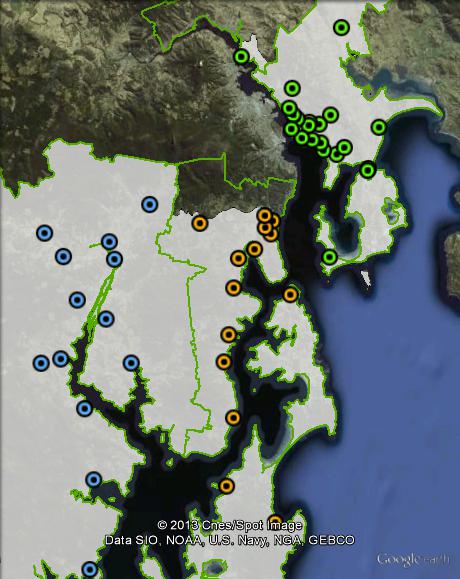
Booth breakdown
Booths have been divided into three areas, along local government boundaries: Clarence, to the east of Hobart; Kingborough to the south of Hobart; and Huon Valley in the south-west. While Huon Valley covers a large area stretching to the south-western corner of Tasmania, all of the polling places lay at the eastern edge of the council area.
The ALP won a majority of over 60% in all three areas, varying from 60.1% in Kingborough to 62.3% in Huon Valley.
The Greens vote varied from 18.3% in Clarence to 24.1% in Huon Valley.
| Voter group | GRN % | ALP 2PP % | Total votes | % of votes |
| Clarence | 18.28 | 61.93 | 28,858 | 44.04 |
| Kingborough | 23.91 | 60.07 | 15,098 | 23.04 |
| Huon Valley | 24.13 | 62.25 | 7,762 | 11.84 |
| Other votes | 21.11 | 58.52 | 13,813 | 21.08 |
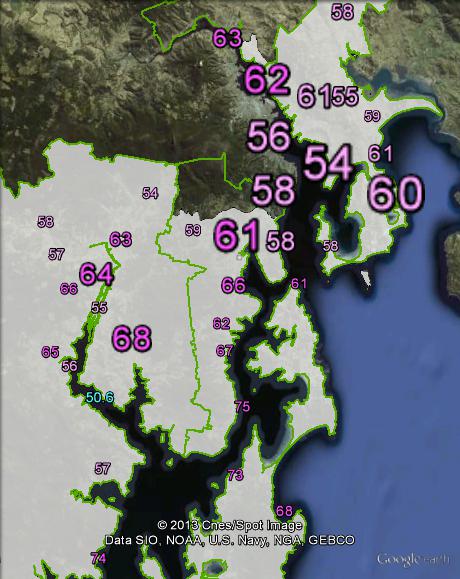
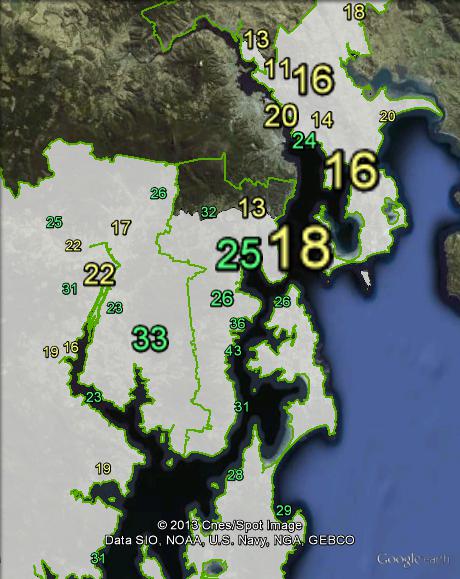
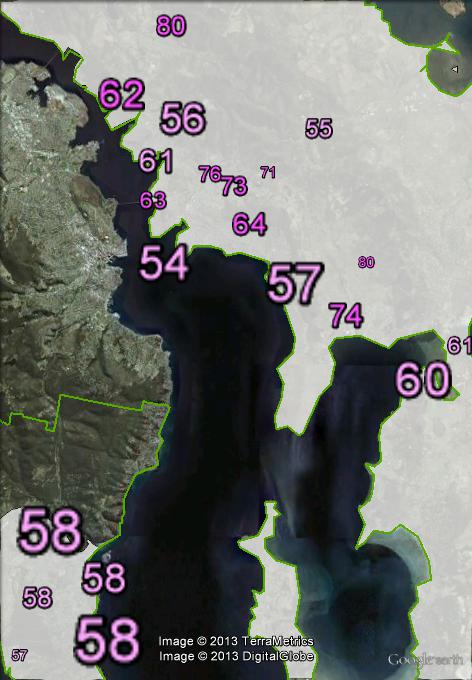
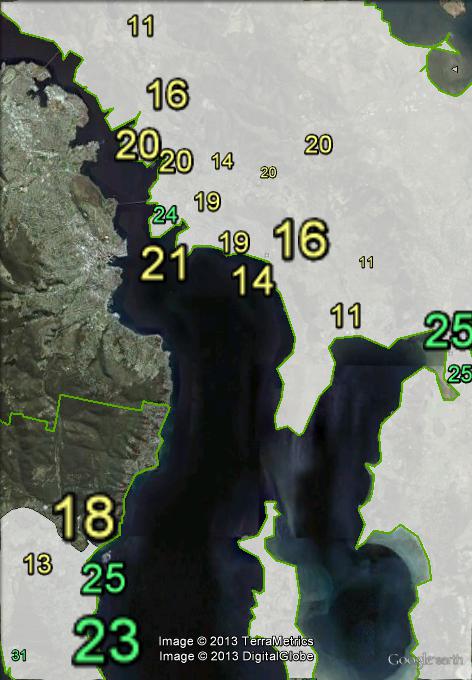


If polling stays where I think it is, Collins will probably have to win from second on primary votes. However, as long as the Green vote is above 10%, I think she would get home. I think the Lib primary vote could get to as high as the low 40’s here, but it won’t be enough. There is still quite a way to go however to make it more comfortable for Collins.
If you take the numbers floating around for the swing in Tasmania (sitting around 13%), this is going to be tight. It would be reasonable to discount that swing a bit because we are talking the south, and things may tighten up coming into the election.
Still, I suspect this will be close enough to be decided by the split of green preferences between Labor and Liberals. The Liberal candidate (who I think has been announced) will still probably need at least 45, preferably 46 on first preferences to get through.
I’m still thinking 3/1/1 for Tassie, with this being the one that Labor holds. If Franklin falls, that will be a solid signal that the night is going to be a disaster for Labor.
The south won’t move as much as the north. The concern I have for Collins is twofold: 1. the Green vote will fall a lot (possibly halve) and 2. the difference in primary vote between the ALP and Libs last time was only 9% (although some of the Green vote should flow back to Labor).
I think for Collins to survive she is going to need a primary vote of about 42%, assuming half of the Green vote is lost (yes, big assumption, but somewhat in line with some polling in Tasmania generally). If the Green vote is 15%, then she can survive on probably around 38% primary.
If Collins gets low 40%s it will be a good result for her and the ALP. But I suspect the Coalition will outpoll on primaries. It will come down to whether there are enough Green voters to get her over the line.
One of the toughest seats to call in my opinion if polling stays where it is, but the one that should get the most focus from Labor in Tasmania because I don’t think they can retain Bass at all, and it’s unlikely they can retain Braddon.
If the Greens vote falls that far, surely it will soften the fall in the Labor primary vote.
DB, I think that sounds about right – a balance point about 45/41/14 (ignoring ‘others’).
Bass has, at last report, one of the the highest swings in the country. Its gone. Labor is getting the fear advertising going here already, but it really is a bit pointless.
Braddon is gone too, despite having a generally respected local member unlike Bass.
Lyons is not that far gone, but will fall without a major correction or major stuff up by the Coalition.
Ben, yes it is possible that the ALP vote won’t go down much in this seat. I think the Green vote will.
Driftforge, Some internal polling I have seen as put the Bass swing at 20%, and Braddon at 17%. I haven’t seen anything for Franklin.
I haven’t seen anything for Franklin either, but given the state-wide move isn’t 17-20%, I suspect somewhere around half that.
From what I’ve heard, Labor’s Tassie vote has stood up the best in Franklin, with the most dramatic drops in the Labor vote being in the two northern seats and, for different reasons, in Denison. Collins is a popular and highly visible MP, who did well to increase her margin by so much last time around.
Labor won’t be taking any Tassie seats for granted, but Franklin is the safest of the lot.
Green vote at about 14% here, reverting to 2007 levels.
Franklin is quickly becoming one to watch in the campaign as both Labor and the Liberal Party have it high on their radars. Labor would be worried about their polling in Tasmania, and if there was one seat in Tasmania they need to hold its this one. The Liberal Party has chosen a good candidate in Bernadette Black who seems to be visible and campaigning hard. I think Julie Collins will still win though with a very slender margin.
Hobart alderman Marti Zucco is Clive Palmer’s candidate here
http://au.news.yahoo.com/latest/a/-/latest/17901378/palmer-names-candidates/
Haha, of course he is. Marti is a long-time outspoken liberal party member and, I believe, restaurant owner.
Zucco was a Liberal Party member but quit the party in early 2010 after his attempt to get preselected for Denison (state) was stymied. Zucco owns a small North Hobart Italian restaurant/cafe called Segreto. Contrary to common belief he does not still own the pizza restaurant that carries his name. He does actually live on the eastern shore of Hobart and hence within the electorate.
The Zucco Palmer candidacy makes a lot of sense on personality grounds! 🙂
Some attempts at using ‘teen’ social media to connect do seem to fall flat…. I guess that this was done much earlier this year, http://www.whoisbernadetteblack.com/#teens/cmh1
The now removed “Rockstar” video can currently still be seen at:
http://t.co/Ss9bRhSDii
“Hey Rockstars!”
Hahahahaha.
The Franklin candidate debate hosted by Hobart alderman Bill Harvey can be seen here:
https://www.youtube.com/watch?v=x8dC47GM-w8
The first hour is generally tame but the last 40 mins or so much more intense.
Labor to hold Franklin.
As of this evening, Sportsbet ALP 1.32, Libs 2.80, Centrebet ALP 1.30, Libs 3.20.
A ReachTel poll of 550 constituents puts Labor ahead 50.4/49.6.
Its interesting looking at the reachtel results here. A huge 10% undecided is probably casuing Collins to be very marginally ahead, most of it should go to her. It also appears preferences are favouring her in the seat and I’d say that the green vote is probably most accurate in the seat at 16%. They also looked at state voting intentions which show it has hasn’t boosted the lib chances here but it also probably explains the undecided vote being significantly large.
This seat may surprise as a win to the liberals. The Tasmanian legislative council election result in penbroke (almost all in Franklin) was a liberal win. I know it is very dangerous to come to conclusions at a federal level from upper house elections, however, the liberal candidate had a tpp of greater than 50% in Lindisfarne and Geilston booths at the LC election which I consider the bell weather polling stations for Franklin. The liberal candidate also did well in mornington and warrane ttp circa 40% (anything above 30% is a win for a liberal candidate in these booths).